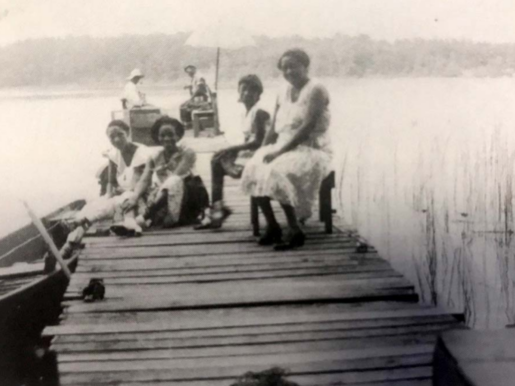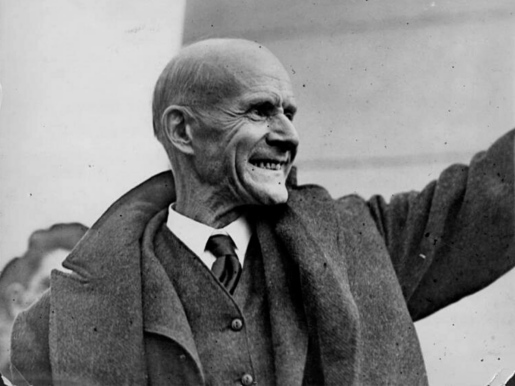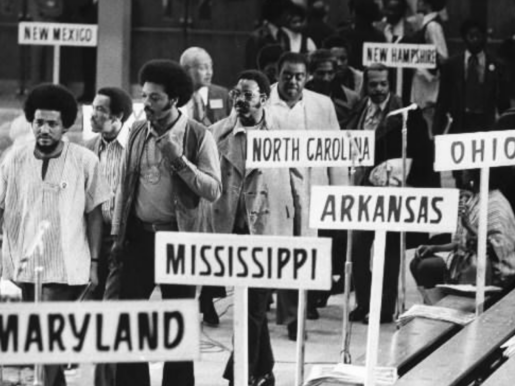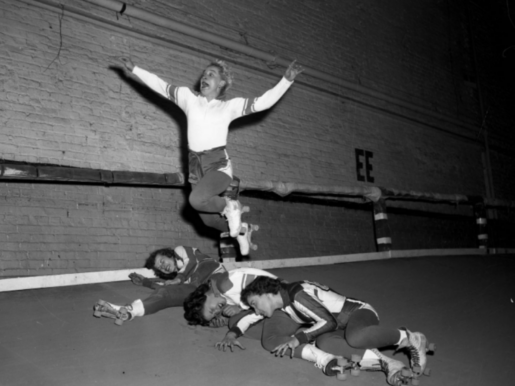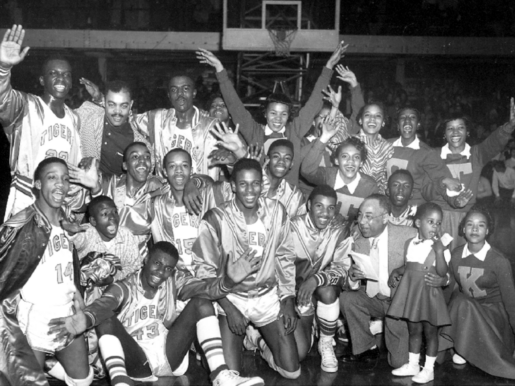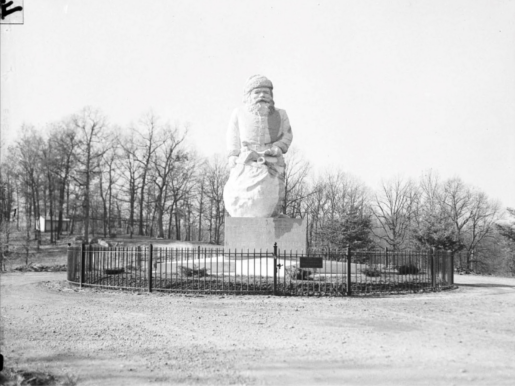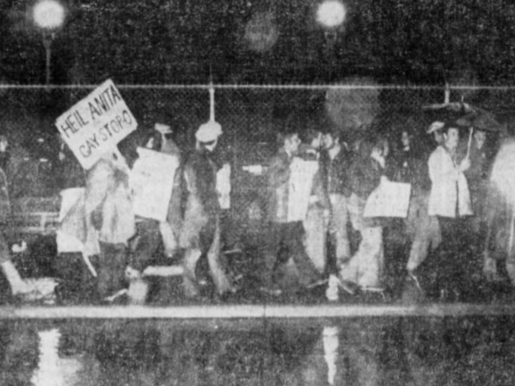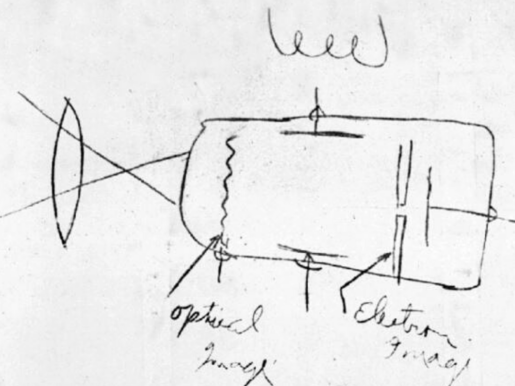“Disguised As A Doughboy:” The Frontline War Work of Sarah M. Wilmer
Welcome to the first episode of the 2023 season of Talking Hoosier History. This is also our first short episode, the perfect length for classroom use. You’ll learn about the frontline efforts of Sarah M. Wilmer in WWI, how we do history with primary sources, and a related historical marker.
A Joyous Resistance: Fox Lake and Black Community Building
Fox Lake Resort provided Black Midwesterners with a refuge from the daily reality of living in a country gripped by Jim Crow. In this episode, we explore how Fox Lakers built their community and how they now are working to preserve it.
Lesson Plan: Debs’ Campaign for Socialism
Hoosier native Eugene Debs exploded onto the national stage at the head of one of the largest railroad strikes in American history – the Pullman Strike. He would go on to run for President on the Socialist Party of America ticket five times. In this episode, students will follow Debs’ progress from Democratic booster to labor activist to Socialist leader.
Lesson Plan: “Tribe Come Home:” The 1972 National Black Political Convention
The 1972 National Black Political Convention, held in Gary, Indiana, brought together Black Americans of all walks of life for the common goal of forging bonds that would, hopefully, lead to meaningful change in the United States. In this episode, students will learn about the convention’s goals, attendees, and accomplishments.
Monta Jean Payne and the “Roller Derby Mix Up”
In this episode, we skate through the history of the Roller Derby, and one Indianapolis woman’s stand out career as she and her family stage a strike at the height of her game.
Giving Voice: Rosemary Anderson Davis (Crispus Attucks)
Transcript for Giving Voice: Rosemary Anderson Davis Jump to Show…
Crispus Attucks: Challenging Segregation On and Off the Court
In this episode, we explore how Crispus Attucks High School went from being excluded from the Indiana High School Athletics Association to being the first all-Black school to win a high school state basketball championship in the nation.
Santa Claus, Indiana: “Where It’s Christmas Every Day”
“Nestled in the wooded hills of southern Indiana, lies a land of fantasy…where it’s Christmas every day.”
That place is Santa Claus, Indiana. On this episode, we take a tour of the oddly named Indiana town that embraces the holiday spirit all year round. Join us!
Petals, Not Pies: Queer Hoosiers Protest Anita Bryant
On October 14, 1977, gay rights activist Thom Higgins reserved his place in history when he threw a pie in the face of anti-gay crusader Anita Bryant during a Des Moines, Iowa press conference. When Bryant made her way to Indiana less than two weeks later for a rally, gay activists welcomed her not with a pie in the face, but with Hoosier kindness. In this episode, we examine Hoosier’s reactions to Bryant’s appearances in the state during the early years of the fight for gay rights.
Philo T. Farnsworth: Father of Television
Philo T. Farnsworth conceived of the idea for electronic television in the middle of an Idaho potato field at just 13 years old. At age 19, he produced the first functional prototype for his idea. For nearly three decades following that, he Farnsworth worked to bring his invention to the American home but was stymied every step of the way by financial, legal, and technological problems.


